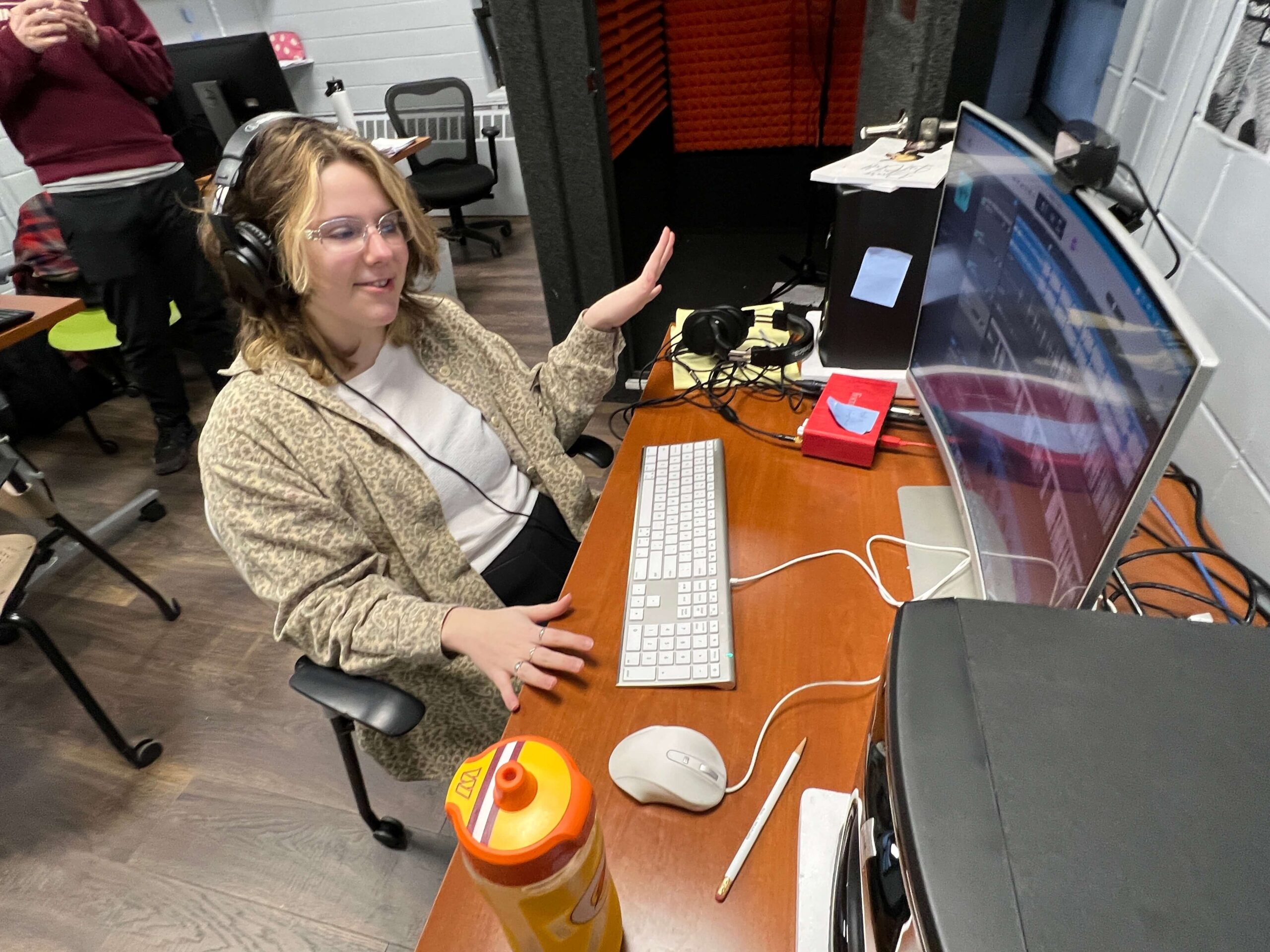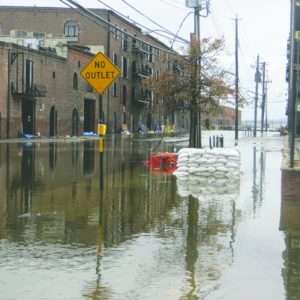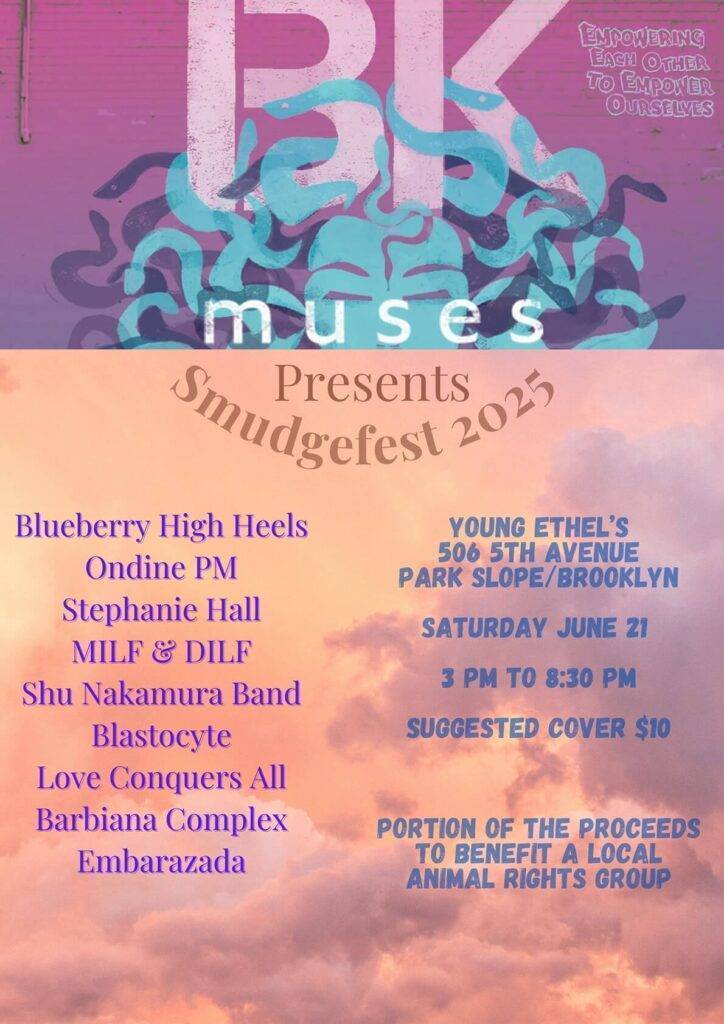Everyone knows about the Red Hook Rec Center’s pool, but members will find the Center has more then ever to offer, especially for those interested in learning new computer skills or using expensive media tools. The Center’s media lab re-opened in February of this year, after a major face-lift made possible by a $100,000 donation from Amazon. As this paper wrote in March, the grant transformed the space from a room with a few old Dell computers to a true media lab, complete with a WhisperRoom sound isolation booth, studio speakers with a subwoofer, M2 Mac Minis, DSLR T8i cameras, iPads, and new computers. Despite all the incredible equipment, the most valuable addition to the space is likely not its equipment, but its new media educator.
Before joining the Rec Center, Helena Krawlzik worked in a corporate role at a well-known sports network, but didn’t feel fulfilled. “I wanted a job that was not making anyone money, and where I could practice my own project skills, because I have a background in film,” she reflected. Then, last December she found her current role as a media educator for the NYC Department of Parks and Recreation, one of only four people hired citywide for the role at the time. As the Center’s media educator, Krawlzik is responsible for helping Center members of all ages learn digital media skills and use the available technology.
As training, Krawlzik spent a month and a half shadowing media educators at other Rec Center locations. The Centers range widely in the resources available at each facility and in their levels of community interest. While some might have only one or two children visit in a day, others welcome dozens after school each day. For Krawlzik, Red Hook’s media lab has a perfect flow of visitors, allowing her to feel “pleasantly whelmed” with the amount of people that currently stop in.
One of the most popular uses of the lab for students is to podcast. “They just want to gab!” Krawlzik noted, laughing. Luckily, she’s there to guide the students and help create a learning experience. First, she instructs students to choose a subject, next they’ll create questions, and then they have to sit in front of the camera, speak into the mic, introduce one another, and make eye contact. The final hurdle is to move from simple “yes and no” questions to “why” questions that dig a bit deeper. All of these introduce skills that will be useful in everyday life for the students.
Interestingly, Krawlzik has noted a difference in usage of the room by age and gender. “For some reason, after the age of about 11, girls do not enter this room. They do not visit the Center, or at least I don’t see them…” She’s also found that there is a lack of teens, in general visiting the media lab, likely due to other options like media internships that are available through other institutions. The gap seems to close once individuals are in their early 20s; on a recent afternoon, she had a couple of young men stop in to apply for jobs. To counteract the lack of interest shown by certain age groups, Krawlzik gets creative in what she offers. “I have some 10- and 11-year-old girls who come in after school and they really love drawing, so we’ll do drawing on the computer and make GIFs. I’m also trying to push them toward digital collage and other new skills.”
Not just kids here
Adults will also find ample use for Krawlzik and the media lab’s resources. According to Krawlzik, adults “usually will come in with one issue, and it’s usually something to do with their phone, email, etc. Then it snowballs into, ‘Well, I wanted to learn how to use the computer’ or ‘I wanted to learn how to use this.’” This snowball effect is no surprise given Krawlzik’s enthusiasm and approachable demeanor, which allow even more reticent individuals to ask the questions they’ve been harboring. One member brought in half of a flip phone and asked for help; a mother stopped by to continue creating music, having stalled after having children; and another gentleman used the media lab to create his own tutorial videos on how to code.
Looking ahead, Krawlzik is most excited for an upcoming field trip to the Amazon Music Studio in Williamsburg with a group of teens from the Rec Center. The trip will provide them with an inside look into careers in the music industry. “I think they will get a lot out of seeing a real studio and seeing how it compares to what they usually do at the Center. I just want them to see how things actually are; I can only give them 30% (I don’t have a background in music), and I wish I could give them more. So it will be great to be able to have a professional show them what’s up.”
The media lab is free to all Recreation Center members (Memberships are free for those under 25; $25 a year for veterans, those with disabilities, or anyone over 62; and $100 a year for everyone else). Hours are Tuesday – Friday, 10 am to 6 pm, and Mondays from 11:30 am to 7:30 pm. The lab is generally open for adult access on weekdays from 11:00 am to 2:00 pm, with additional times for one-on-one help and other learning opportunities. To see the full media lab schedule, visit the www.nycgovparks.org.










